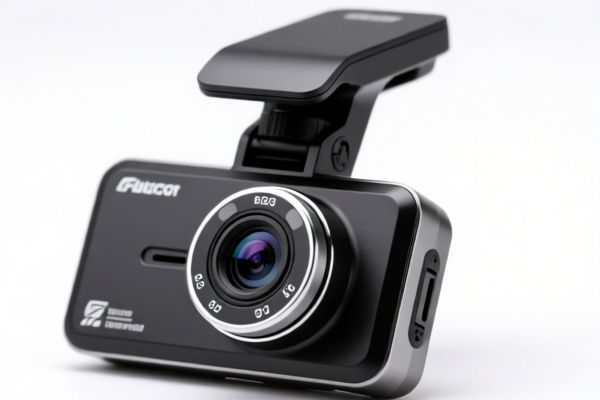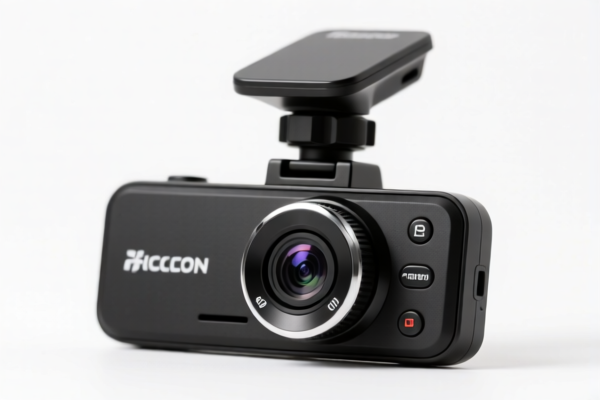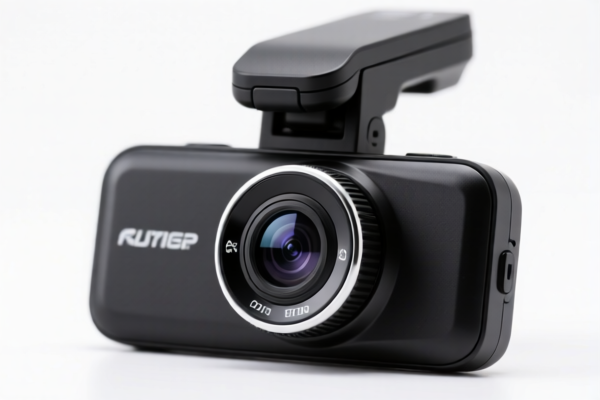Found 7 matching results
(CN → US)
| HS Code | Official Doc | Tariff Rate | Origin | Destination | Effective Date |
|---|---|---|---|---|---|
| 8519814150 | Doc | 30.0% | CN | US | 2025-05-12 |
| 8519813020 | Doc | 55.0% | CN | US | 2025-05-12 |
| 8522906500 | Doc | 55.0% | CN | US | 2025-05-12 |
| 8522908081 | Doc | 55.0% | CN | US | 2025-05-12 |
| 8521900000 | Doc | 37.5% | CN | US | 2025-05-12 |
| 8521109000 | Doc | 37.5% | CN | US | 2025-05-12 |
| 9106100000 | Doc | 36¢ each + 5.6% + 2¢/jewel+55.0% | CN | US | 2025-05-12 |




HD Driving Recorder
An HD driving recorder (also known as a dashcam, dash camera, or event data recorder) is a forward-facing video recording device installed in a vehicle to continuously record the road ahead, and often the vehicle's interior and rear.
Material
Typical components and materials include:
- Housing: Usually constructed from durable plastics (ABS, Polycarbonate) to withstand temperature variations and potential impacts. Some higher-end models incorporate metal (Aluminum alloy) for improved heat dissipation and robustness.
- Lens: High-quality glass lenses are essential for clear video capture. Multiple lens configurations are common (single, dual, triple).
- Image Sensor: CMOS sensors are widely used, determining video resolution and low-light performance.
- Processor: A dedicated processor handles video encoding, image stabilization, and other functions.
- Storage: MicroSD cards are the standard storage medium, though some models support larger capacity cards or internal storage.
- Screen: LCD or OLED displays for live view, playback, and settings adjustments.
- Mounting Hardware: Suction cups, adhesive mounts, or clip-on systems for securing the recorder to the windshield.
Purpose
The primary purposes of an HD driving recorder are:
- Accident Recording: Provide video evidence in the event of a collision or other road incident.
- Insurance Claims: Support insurance claims by providing objective documentation of events.
- Fraud Prevention: Deter and document instances of insurance fraud or staged accidents.
- Security: Record potential vandalism, theft, or other security events while the vehicle is parked.
- Road Trip Documentation: Capture scenic drives and memorable journeys.
- Driver Behavior Monitoring: Some models offer features to record speed, location, and other driving data.
Function
Key functions include:
- Continuous Recording: Automatically records video while the vehicle is in operation.
- Loop Recording: Overwrites older footage when the storage capacity is full, ensuring continuous recording.
- G-Sensor: Detects sudden impacts or changes in motion, triggering automatic file locking to preserve critical footage.
- Parking Mode: Records video while the vehicle is parked, often triggered by motion or impact detection.
- GPS Logging: Records the vehicle's location, speed, and time.
- Wide Dynamic Range (WDR): Improves video quality in high-contrast lighting conditions.
- Night Vision: Enhances video recording in low-light environments.
- Wi-Fi Connectivity: Allows for easy transfer of footage to smartphones or computers.
- Voice Control: Some models offer voice commands for controlling functions.
Usage Scenarios
- Daily Commuting: Provides peace of mind and potential evidence in the event of an accident.
- Long Road Trips: Captures scenic drives and provides documentation of the journey.
- Ride-Sharing Services: Protects drivers and passengers.
- Commercial Fleets: Monitors driver behavior and provides evidence in the event of accidents.
- Parking Surveillance: Records potential vandalism or theft while the vehicle is parked.
Common Types
- Single-Channel Dashcams: Record video from a single forward-facing lens. The most basic and affordable type.
- Dual-Channel Dashcams: Record video from both a forward-facing and a rear-facing lens, providing comprehensive coverage.
- Triple-Channel Dashcams: Record video from a forward-facing, rear-facing, and interior-facing lens.
- Mirror Dashcams: Integrated into the rearview mirror, providing a discreet and convenient solution.
- Stand-Alone Dashcams: Traditional dashcams that mount to the windshield.
- Cloud-Connected Dashcams: Automatically upload footage to the cloud for remote access and storage.
Based on the provided information, “hd driving recorder” can be classified under the following HS codes:
- 8519814150: This HS code covers “Sound recording or reproducing apparatus: Other apparatus: Using magnetic, optical or semiconductor media: Other Other”. This is applicable as a driving recorder records data using semiconductor media. The total tax rate is 30.0%, with a base tariff of 0.0%, an additional tariff of 0.0%, and an additional tariff of 30.0% after April 2, 2025.
- 8519813020: This HS code covers “Sound recording or reproducing apparatus: Other apparatus: Using magnetic, optical or semiconductor media: Sound reproducing only: Other”. While a driving recorder primarily records, it also has the capability to reproduce the recorded sound and video. The total tax rate is 55.0%, with a base tariff of 0.0%, an additional tariff of 25.0%, and an additional tariff of 30.0% after April 2, 2025.
- 8521900000: This HS code covers “Video recording or reproducing apparatus, whether or not incorporating a video tuner: Other”. A driving recorder is a type of video recording apparatus. The total tax rate is 37.5%, with a base tariff of 0.0%, an additional tariff of 7.5%, and an additional tariff of 30.0% after April 2, 2025.
According to the provided reference material, the HS code options related to 'hd driving recorder' are limited, with only the following 3 found.
Customer Reviews
No reviews yet.